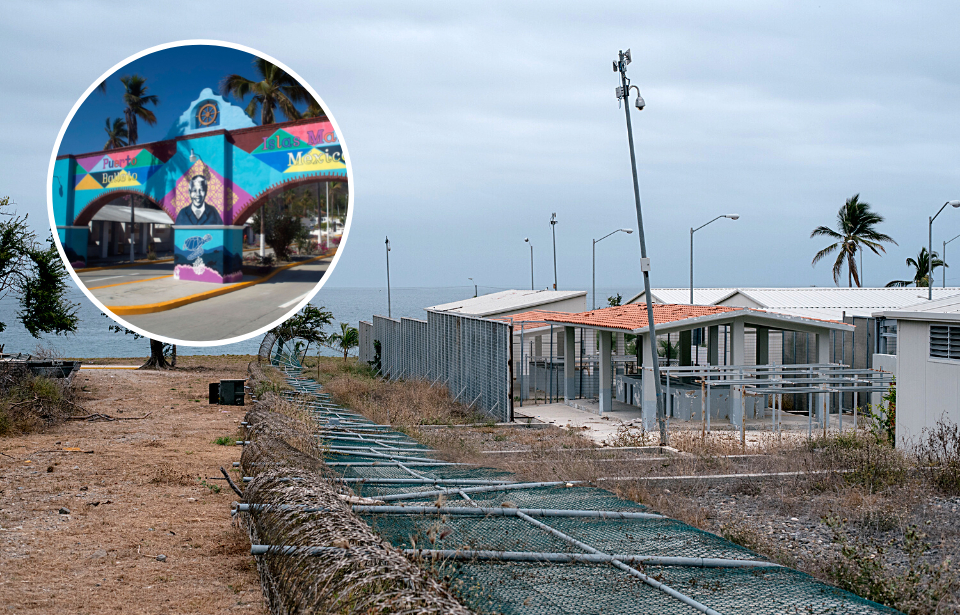The Islas Marías is a small group of islands off the coast of Mexico’s Nayarit state, roughly 322 kilometers from the tip of the Baja California peninsula. The largest of the islands, Isla María Madre (or Mother María Island), was once a prison complex. It was abandoned after over a century of active use but was only left derelict for a short period of time, as the Mexican government set a plan into action for turning the former prison into a tourism destination.
A prison island complex

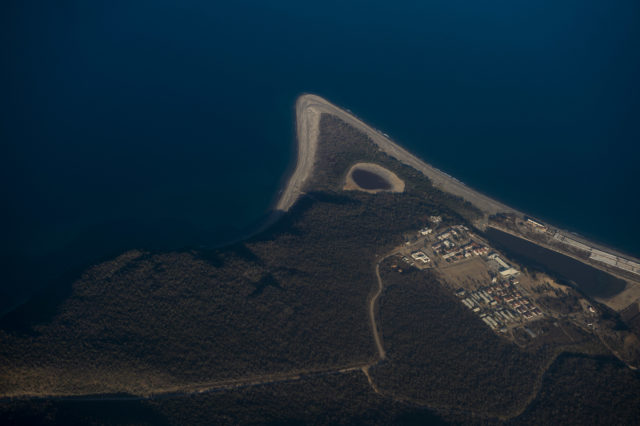
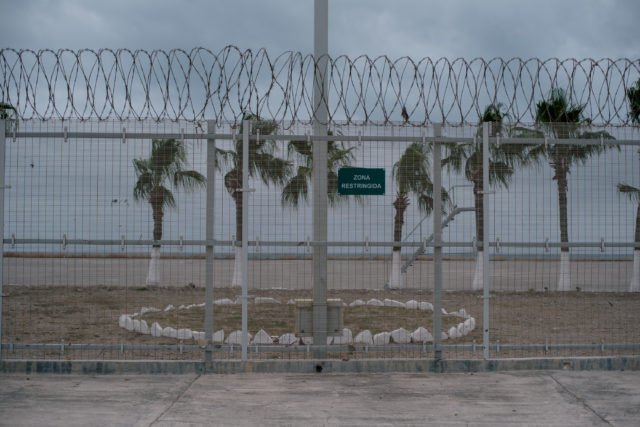
The small archipelago was converted into a prison complex that operated from 1905 until 2019. It was often referred to as the “tomb of the Pacific,” and because it was located on an island, it was nearly impossible to escape from.
Extreme isolation was the goal of prison complexes like Mother María Island, and all that most inmates had to look forward to was a 10-minute phone call every 15th of the month. Prisoners were rarely visited by family as the journey to the island was extremely difficult.
Different experiences for different inmates



The prison was separated between male and female inmates, and they were treated differently. The female area has been described as a “chicken coop,” with dirt floors, warehouse walls, and only five bathrooms to serve approximately 500 female inmates.
Male inmates had a much different experience. Some prisoners were allowed to live with their families in conditional freedom, earning the complex a reputation as the “prison without walls.” Male inmates could live in relatively good conditions.
Prisoners were occupied with forced labor while interred at Mother María Island. They farmed and harvested shrimp. They also harvested salt and tried to make different alcohols from the fruits found on the island. This all changed in 2006, when life at the prison became far more difficult.
Who was imprisoned there?
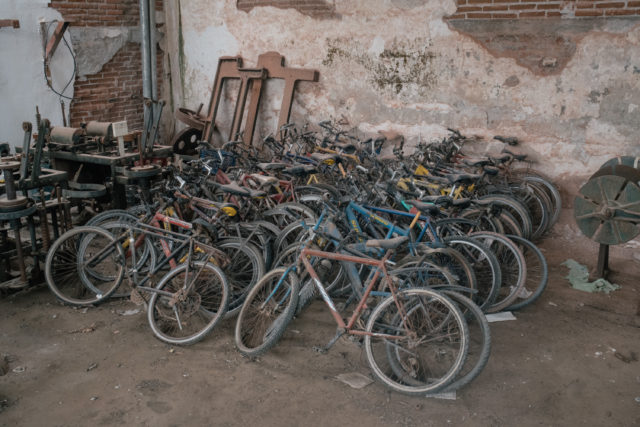


Then-President Felipe Calderón declared war against the drug cartels in Mexico in 2006, and Mother María Island became the prime prison complex to house those criminals. By 2013, the number of inmates reached as high as 8,000.
Before this reform, there were many recognizable prisoners held at Mother María Island. José Revueltas, a Mexican writer and political activist, was kept here during the 1930s after he was found to be working with the Communist Party. Nelson Mandela, the former South African leader, was held at Mother María Island for several years as well.
The prison closed in 2019 due to steep operating costs. It cost around $150 per day per prisoner, which was much higher than prison costs on the mainland.
Efforts to conserve the area
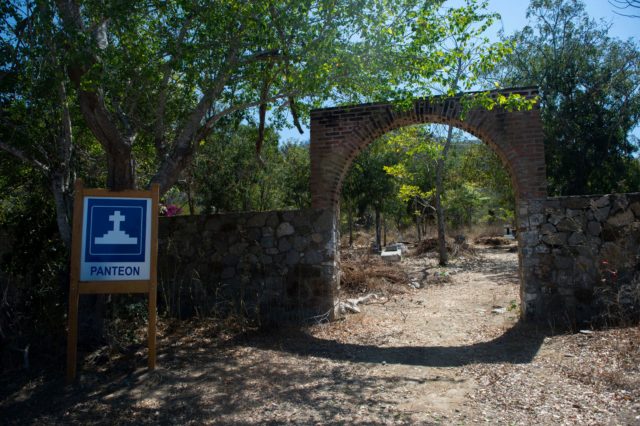

Not wanting the island to go to waste after the prison closed, the government put the Comprehensive Project Islas Marías into action. The plan included keeping the archipelago as a Protected Natural Area, installing the Environmental and Cultural Education Center, and finally opening the island to visitors.
They succeeded in having the area declared as a Natural Protected Area (ANP), and it was even recognized as a World Heritage Site by UNESCO. The Environmental and Cultural Education Center successfully opened. Nearly 150 children have passed through the center already.
Becoming a tourism destination



More from us: Rummu Prison: Estonia’s Abandoned Underwater Quarry With a Dark Past
To increase visitors, the government intends to advertise the island much like Alcatraz in California. Buildings that were once home to prisoners have been reconstructed, and a church and museum have been erected to make the island more appealing to tourists.
